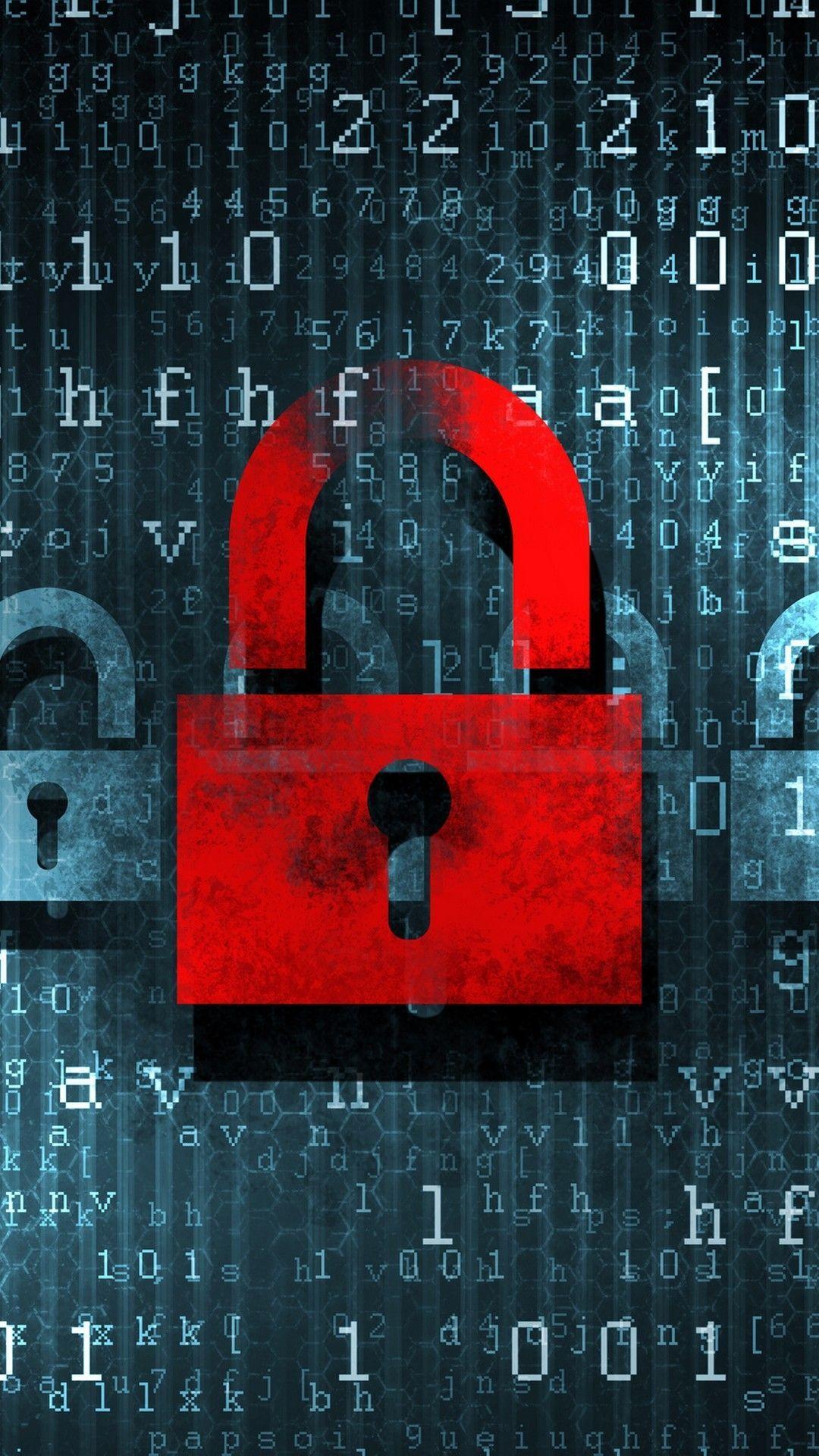Real-Life Cyber Attack Accounts along with What We Can Learn from Them
Real-Life Cyber Attack Accounts along with What We Can Learn from Them
Blog Article

In today's digital age, cybersecurity has become a pressing concern for people and organizations alike. With technological advancements advances, so too do the tactics used by cybercriminals, highlighting the importance of comprehending the weaknesses we face in an interconnected world. Real-life stories of cyber attacks reveal the serious impacts these breaches can have, not just on a company's bottom line but also on its image and the confidence of its clients.
Through the examination of these events, we gain important insights into the changing landscape of cybersecurity. Each attack serves as a stark reminder of the constant threat and the need for preventive measures. Gaining knowledge from previous events can empower us to more effectively protect ourselves and our organizations, creating strategies that not only reduce risks but also improve our overall security framework.
Prominent Cybersecurity Incidents
One of the most significant cyber attacks in modern history was the Target data breach in the year 2013. Cybercriminals gained access to the store's network through a third-party vendor, which allowed them to compromise over 40M credit and debit card records. The breach revealed sensitive customer details and emphasized the weaknesses that can arise from partnership relationships. It acted as a alert for many organizations to reassess their cybersecurity protocols and the significance of protecting their networks from outside threats.
Another alarming incident occurred in 2017 when the Equifax data breach affected the sensitive information of around 147 million people. Hackers exploited a weakness in a web app framework, resulting in the theft of names, Social Security numbers, and additional personal data. This breach underscored the importance of timely software updates and the importance for effective security measures to protect private information. The aftermath of Equifax prompted discussions on regulations surrounding data protection and responsibility in the corporate sector.
The year 2020 SolarWinds cyber attack marked a advanced level of breach that affected many organizations, including public sector agencies and significant corporations. Hackers inserted malicious code into a software update for the IT management platform, which went unobserved for a long time. This breach demonstrated the difficulties of supply chain attacks and the potential for large-scale harm. It emphasized the necessity for increased alertness in monitoring software updates and the necessity of thorough cybersecurity strategies to reduce risks.
Insights Learned
One of the most important takeaways from actual cyber attack stories is the importance of forethought. Many organizations underestimate the potential threat landscape and fail to develop comprehensive incident response plans. By gaining insights from these attacks, businesses can understand the necessity of having a preventive cybersecurity strategy that encompasses regular risk assessments, staff training, and explicit protocols for responding to incidents. Preparedness can reduce damage and facilitate quicker recovery if an attack occurs.
Cybersecurity Classes
Another vital lesson is the need for ongoing monitoring and updates to security measures. Cyber threats are constantly evolving, and so too must the defenses to counter them. Companies often find themselves vulnerable due to dated software or lack of system updates. Creating a culture of ongoing security awareness and remaining informed about the latest threat intelligence can help organizations stay in front of potential breaches and protect sensitive data successfully.
Lastly, promoting a security-first mindset across all levels of an organization is essential. Cybersecurity should not solely be the duty of the IT department; instead should be incorporated into the company culture. Employees from all departments should recognize their role in maintaining cybersecurity. Promoting open communication about potential threats and instilling a sense of accountability can bolster an organization’s overall security posture and make it more robust against cyber attacks.
Preemptive Measures
One of the most effective ways to enhance cybersecurity is through team education and knowledge programs. Many cyber attacks leverage the human factor, such as scam attacks that affect unwary staff employees. Regular training programs can help employees recognize potential risks and understand the necessity of adhering to security measures. By encouraging a culture of security consciousness, organizations can significantly minimize their vulnerability to cyber threats.
Adopting multi-factor authentication is another important preventative measure. This method adds an additional layer of security beyond just traditional passwords, demanding users to authenticate their credentials through supplementary methods, such as a mobile app or text message confirmation. By making it more complex for illicit users to access private systems, organizations can greatly strengthen their overall cybersecurity defenses and mitigate the risk of security incidents.
Regularly updating applications and security systems is also essential for effective online security. Cyber criminals often exploit known weaknesses in outdated software to obtain networks. Organizations should guarantee that all operating systems, software, and security resources are kept up to date with the most recent patches and updates. This proactive approach can help reduce potential threats and protect against new threats as they emerge in the evolving digital environment.
Report this page